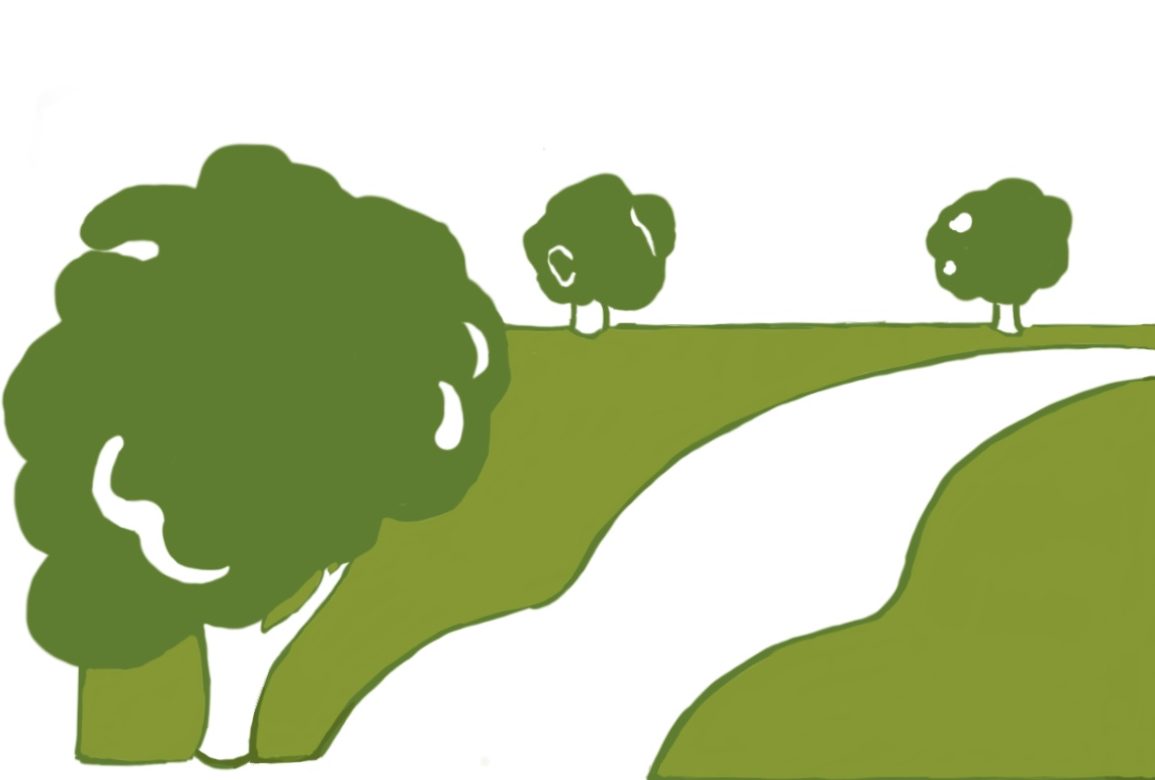After cancellation last year due to the pandemic, the Game Fair returned, held at Ragley Hall near Stratford-upon-Avon from 23rd to 25th July. Although no longer run by the CLA, much remains the same, although there are also significant differences.
One throw-back to the old days was the traffic. On the Friday, the last four miles took me eighty minutes, whilst I heard of one group that took three hours to arrive from their hotel eleven miles away! The crowds were large, celebrating country sports again after months of lockdown. One report suggested that the attendance was the highest ever for the first day of a Game Fair, perhaps a reflection of the weather forecast for the weekend.
It has been a very important few weeks for game shooting. On Thursday 15th July, I was invited to a Sustainable Ammunition Day at the Holland and Holland Shooting Grounds. Most of the cartridge manufacturers were there promoting their steel shot cartridges, some with biodegradable wads. Although it is a challenge, there should be adequate supplies for the transition from lead, at least for 12 and 20 gauges.
The big news at the Game Fair was the announcement of a new partnership of shooting organisations. After extensive public consultation, it is called Aim to Sustain with the strapline of Protect, Preserve, Promote. The Mission Statement is:
‘We work to promote and protect game shooting and associated wildlife habitats in the UK. We support sustainable and responsible shooting, environmental balance, animal welfare, local communities and the rural way of life.’
There are nine members of the partnership: The Moorland Association, The British Game Alliance, BASC, the Countryside Alliance, the National Gamekeepers Organisation, Scottish Land and Estates, the CLA, the Game Farmers Association and the Game and Wildlife Conservation Trust. Strictly speaking, the GWCT is not a full member because, as a charity, it is bound by charity law and cannot get involved in political lobbying. But it is a keen supporter of the partnership and will act as scientific adviser.

Each organisation will continue its own activities as currently, but each will bring its own contribution to the partnership. Successful lobbying depends both on numbers at the table but also the strength and unity of the message. Those wishing to restrict or ban shooting are better organised and adept at exploiting social media. Shooting is under threat as never before and the community needs to promote more effectively the benefits to wider wildlife of the conservation practices of gamekeepers and shoot managers. It also needs to show that it is capable of self-regulation, to conduct its activities to the highest possible standard, before regulation is forced upon it.
The shooting organisations have worked together for some years in the guise of the Shoot Liaison Committee and Aim to Sustain is a logical and more public facing extension. It needs to counter the dubious, negative claims and demonstrate the huge environmental gains that a well-run shooting estate brings.
That leads on to another current initiative. We have remarkably little data about the number of shoots, the number of birds released and the wildlife found on shooting estates. MeritCheck is a suite of apps, mostly involved with farming and the countryside, that can be used to record data. The most relevant is MeritNatureCheck which can be used by gamekeepers and conservationists to record wildlife sightings and other information. If large numbers used the app, it would be far easier to prove the benefits of game management.
The third promotion at the Game Fair was from Agri.cycle. A company that specialises in recycling agricultural waste, especially plastics, it can recycle spent shotgun cartridges. There are thought to be around 220 million cartridges each year so this service is invaluable. Large bags can be delivered to shoots at the beginning of the season and collected full of spent cartridge cases at the end to be recycled at its Lincolnshire plant.
Also launched at the Game Fair was the Ineos Grenadier vehicle, aimed at the farm, estate and shoot market. Many people were dismayed when Land Rover announced that the Defender would no longer be built and the Grenadier looks similar. However, despite its rustic looks, it is technically advanced designed specifically as a country workhorse. It will not be available until next year and the price has yet to be finalised but it is likely to be in the £40,000 to £50,000 range. Great vehicle it may prove to be but it is not a cheap farm runabout.

The main change to the Game Fair since the CLA days is the lack of hospitality. There was a time when many firms of land agents and others had large stands offering Pimms and canapés, places to meet friends, sit and relax for a while. That has largely gone, I even had to buy my own lunch this year! The CLA Members’ Enclosure was also a central meeting point and, although there is a main ring enclosure, it is expensive to enter and thus does not fulfil the same function. There were other stalwarts missing this year too, Bright Seeds for example, but that may have been due to Covid with a potential return next year.
I enjoyed my visit to the Game Fair, it remains an important date in the calendar. Above all, it provides a national focus for country sports, an opportunity to network, to shop, to compete or just a grand day out. We could all do with those after the last eighteen months!

